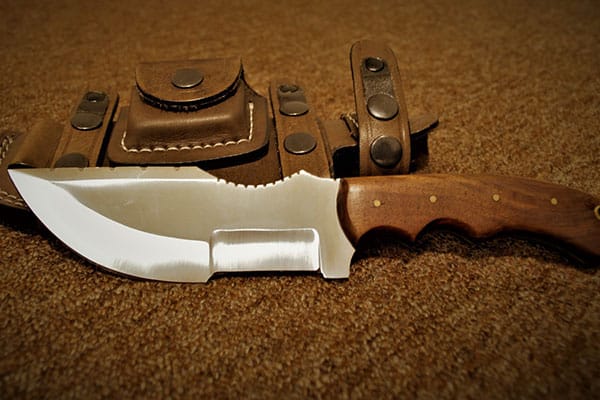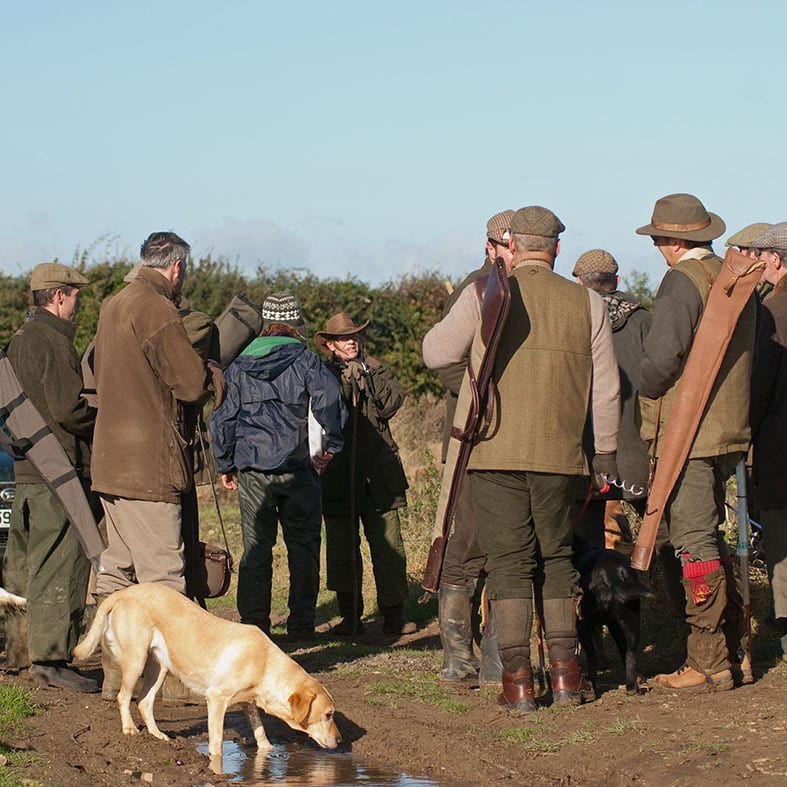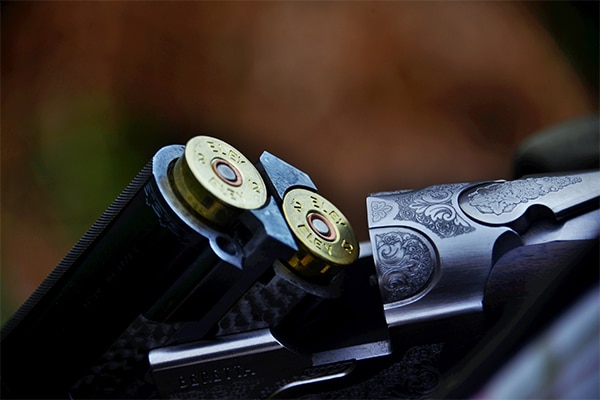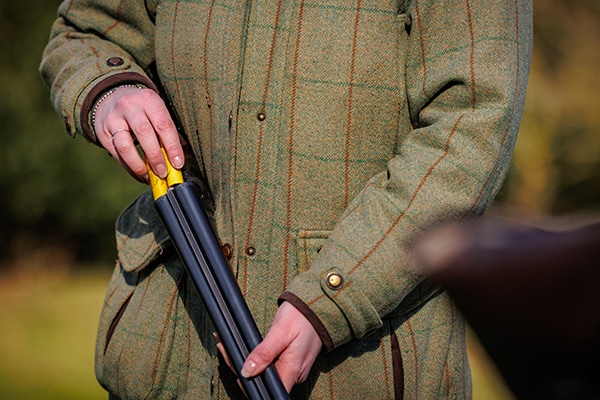
Importation of knives
Information on the page covers the legitimate importation of knives from outside the UK, including a list of prohibited weapons.
Get information on the legal shooting season for mammals and birds in the UK.
Apply for funding for your project or make a donation today
Comprehensive information and advice from our specialist firearms team.
Everything you need to know about shotgun, rifle and airgun ammunition.
Find our up-to-date information, advice and links to government resources.
Everything you need to know on firearms law and licensing.
All the latest news and advice on general licences and how they affect you.


Home » Firearms » Firearms use » Borrowing shotguns
Incorporating amendments from the Policing and Crime Act 2017
Sections 11A and 11(6) – Firearms Act 1968 allow non-certificate holders to shoot shotguns in the following circumstances ONLY:
Holding a shoot where non-certificate holders are participating without complying with the exemptions listed places organisers and participants outside the law
New Section 11A subsumes the shotgun exemption at Section 11(5) of the Firearms Act 1968. It allows a non-certificate holder to borrow a shotgun (for live quarry and clay shooting) and use it in the presence of either the occupier of private premises or persons authorised by them in writing. The following criteria must be met:
a) a person who has the right to allow others to enter the premises for the purpose of hunting animals or shooting game or vermin; or
b) a person authorised by them in writing.
Notes:
In Scotland there is a general right to recreation on the foreshore (except on Orkney and Shetland).
This includes the shooting wildfowl using a shotgun only and where the right has not been taken away by statute, e.g. nature reserves. BASC believes (in accordance with Home Office guidance chapter 6.14) where ‘any right’ to shoot exists then there is a right to lend a shotgun under Section 11(5). In Scotland the foreshore is the area of land between the high and low water marks of ordinary spring tides.
See also: “Young People and Shotguns” fact sheet
This exemption is primarily intended for established clay layouts open to the public whereby the proprietor administers the site without needing to supervise the shooting. A certificate holder may take non-certificate holders to the shooting site and look after them without the need of the landowner or proprietor.
S11(6) states: “A person may, without holding a shotgun certificate, use a shotgun at a time and place approved for shooting at artificial targets by the chief officer of police for the area in which that place is situated.”
While the Act does not refer specifically to clay pigeons, this is the most usual form of artificial target shooting using shotguns. This is not to say that shooting at other artificial targets cannot be considered.
A sample letter of application is shown below:
|
Firearms Act 1968, Section 11(6)
|
|
Full name of organiser |
|
Address of organiser |
|
Date of birth of organiser |
|
Telephone number(s) of organiser |
|
email address |
|
Name (if any) of event or organisation |
|
Time(s) of event(s) |
|
Date(s) of events(s) |
|
Address of event (or brief details of land over which it is intended to shoot) |
|
I accept responsibility for the safe conduct of the event(s) and will comply with the guidelines. |
|
Signature |
|
Print name |
|
Date |
Got a question? Email us on firearms@basc.org.uk or call 01244 573 010.
© BASC June 2023

Information on the page covers the legitimate importation of knives from outside the UK, including a list of prohibited weapons.

Whether you require information on firearms law or advice regarding a certificate application, we have all the information you need.

It is estimated there are more than 1.5 million shotguns held legally in Britain and this code of practice will ensure a safe and responsible future for the sport.